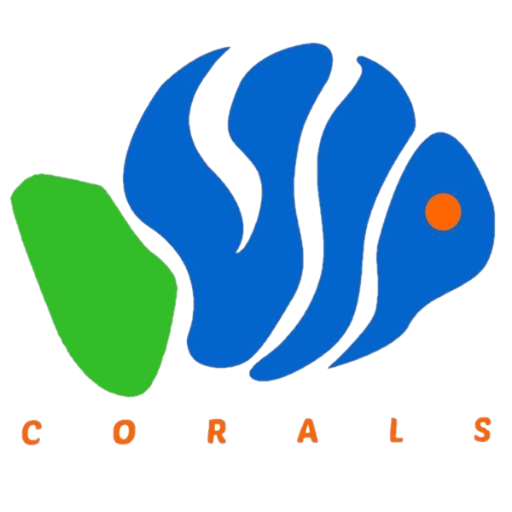Authors
September 2017
Abstract
Monostroma angicava and Protomonostroma undulatum are monostromatic green benthic algae (Ulvophyceae), which grow together in the same intertidal habitat of Muroran, Hokkaido, Japan, during the spring season. Commonly, both species have a single chloroplast with one pyrenoid per cell. The parietal chloroplast is located on the periphery of the thallus in both species, although the location of the chloroplast differs in the two. In M. angicava, the chloroplast was observed to be arranged on one-side of the thallus surface, whereas, in P. undulatum, it was dispersed and randomly located on either side of the thallus or on the lateral face. The density of chlorophylls (Chls) assessed from the absorption spectra of the thallus and its solvent extract was higher in M. angicava, which appeared dark-green in color, than in the light-green colored P. undulatum. The maximum photosynthetic rate per thallus area (μmol O2 m−2 s−1) was higher in M. angicava, whereas, per total chlorophyll content (μmol O2 g Chl a + Chl b−1 s−1) was higher in P. undulatum. Both species showed similar efficiency of photosynthesis at light-limiting conditions. The efficiency of light absorption by photosystem II (PSII) in P. undulatum was higher than M. angicava, whereas the photoprotective response was higher in M. angicava. This indicates that more energy is utilized in M. angicava to protect its PSII due to the chloroplast position, which has more direct exposure to light and, therefore, lowers the efficiency of light absorption by PSII. The higher density of chlorophylls in M. angicava could explain higher photosynthesis per thallus area, whereas, higher efficiency of light absorption by PSII in P. undulatum could explain higher photosynthesis per total chlorophyll content. The differences in light absorption efficiency and quantum efficiency of PSII might be an important ecological strategy in these two species for their coexistence in the intertidal area.
saco2017
